There are now over 50,000 branches on the Family Tree of Mankind!
Imagine if you could pinpoint the exact placement of your surname line on a massive family tree that covers all of humanity by submitting a cheek-swab sample for DNA testing.
The global, genetic family tree would expand to accommodate the insights from your test results, and your part of the tree would be further refined as more distant relatives test. Additionally, archaeologists and geneticists would be working together to uncover ancient history from all over the world, and as those results are published, they would be added to this family tree so that you could see how you are all related.
This concept is now becoming a reality through high-resolution single nucleotide polymorphism (SNP) testing of the Y chromosome using its unique properties of direct patrilineal inheritance and a large database supporting the largest genetic family tree of its kind—the Y-DNA Haplotree.
FamilyTreeDNA has a long history with Y-DNA testing, being the oldest direct-to-consumer DNA testing company in the industry. FamilyTreeDNA has provided Y-STR (short tandem repeat) testing for patrilineal genealogy for over 20 years as well as many other DNA testing products.
What is Y-STR and Y-SNP DNA testing?
Y-STR tests, like the Y-111, examine a fixed set of markers known to have high variability on the human Y chromosome. They are an effective way to identify men who share a paternal ancestor within relatively recent times.
The Big Y test changed the paradigm of Y-DNA testing. Before the Big Y, SNP testing was primarily useful before the advent of surnames; but today, SNPs are useful in determining genetic lines of both closely and distantly related men. SNP markers mutate at a much slower rate than STRs, which makes them more stable for determining relationships. But you need to test millions of locations to find the relevant markers, which is exactly what the Big Y test does.
FamilyTreeDNA’s former Chief Scientist, Dr. Michael Hammer from the University of Arizona, was one of the key members in the Y Chromosome Consortium (YCC), which laid the foundation for the development of the human Y-DNA tree. YCC published the first version of their unified Y-SNP tree in 2002 with 153 branches based on 243 SNPs, covering the majority of the main paternal lineages of the world at low resolution. In 2008, the team released an updated version with 311 branches and 600 SNPs. The final YCC tree in 2010 had 440 branches.
Since the launch of the Big Y test in 2013, the usefulness of the Y-SNP markers have drastically increased. By testing millions of locations on the Y chromosome using next-generation sequencing, Big Y not only tests for known markers, but it also discovers novel family-specific markers.
Today, FamilyTreeDNA’s phylogenetic specialist Michael Sager has analyzed over 67,000 high-resolution Big Y results, 7,000 results from academic studies of present-day individuals, and 4,000 ancient DNA results from archaeological remains; and he has manually reconstructed and curated the world’s most elaborate global Family Tree of Mankind by far—the Y-DNA Haplotree.
Reaching the next milestone in Y-chromosome testing
Today, we are celebrating an important milestone in the history of Y-chromosome testing: there are now over 50,000 branches on the tree (Figure 1)!

Different parts of the Y-DNA Haplotree still vary greatly in resolution. The higher the number of Big Y testers from a specific part of the global tree, the more likely a new tester is to find a placement on the tree that can be traced back to a genealogical shared ancestor.
To measure the genealogical usefulness of the Big Y test, we calculated the median estimate (Figure 2) of the Time to Most Recent Common Ancestor (TMRCA) for every Big Y test result placement on the tree. We found that for many common haplogroups in the FamilyTreeDNA database, testers are more likely than not to find a placement on the tree with a shared paternal line ancestor who lived within 500 years ago, which is close to when the use of surnames started to become common in many parts of the world. In many cases, this is within reach for genealogical records.

For a more granular breakdown of Figure 2, please scroll to the bottom of this post.
Why should I test Big Y and what can I find out?
- Identify your family’s detailed placement on the Great Family Tree of Mankind.
- Discover your surname history and how it relates to other families.
- Validate your known paternal line genealogy, and get additional clues for research beyond the historical records.
- Help expand the tree—your results may enable the creation of a new branch representing a patrilineal ancestor’s genetic signature that you might be able to identify.
- In a future update to the FamilyTreeDNA website, you will be able to see if your paternal line is related to ancient DNA from archaeological remains, and if so, when your common ancestor lived.
Who should take the test?
- If you were born as a biological male, you have a Y chromosome, so you can test.
- Anyone can test a male relative like a brother, father, grandfather, uncle, or direct-line male cousin.
- If you have already tested your paternal line, you can also recruit a tester for other lines. For example, a maternal uncle for your mother’s paternal line.
- It is usually better to test the oldest living relative from the lineage in which you are interested. They might have a more ancestral genetic signature, and with their DNA in storage, you have the option to upgrade their test results in the future. (Just remember to ask the sample donor to make you their beneficiary.)

Trace your paternal ancestry with Y-DNA
A test for biological males, Y-DNA is used to help answer questions about relatedness on the paternal male line.
Discover more about your paternal ancestry, including the migration path of your male ancestors, with our Y-DNA tests.
